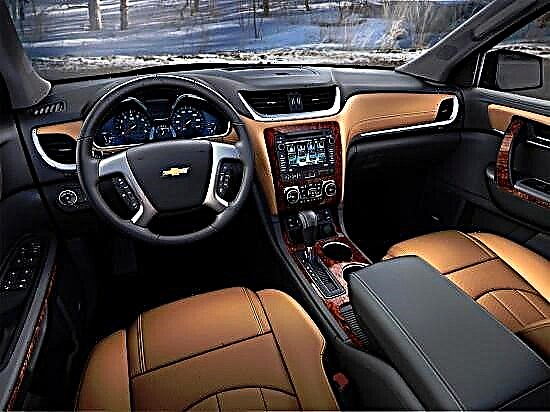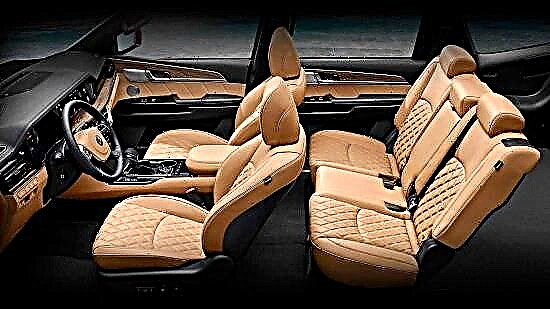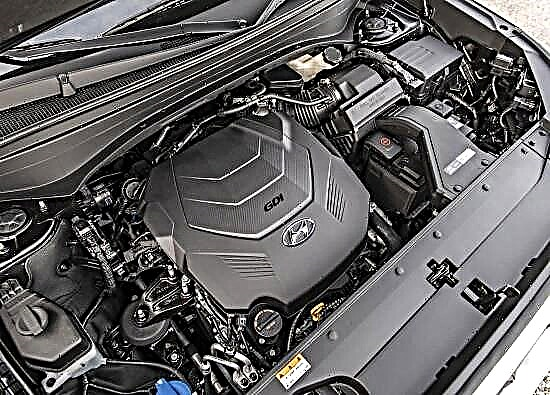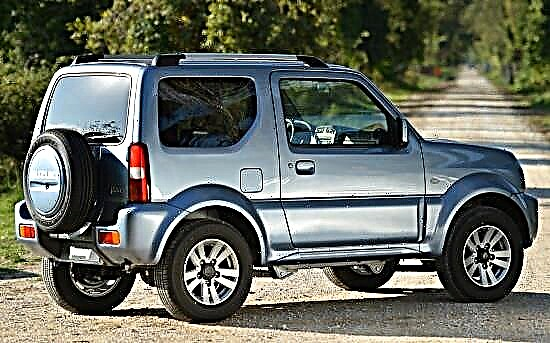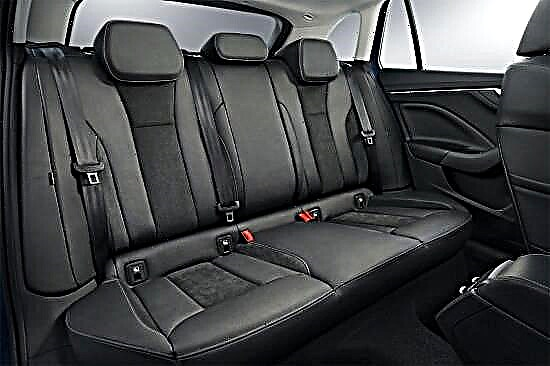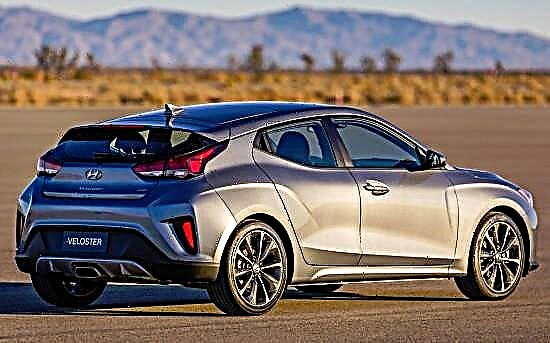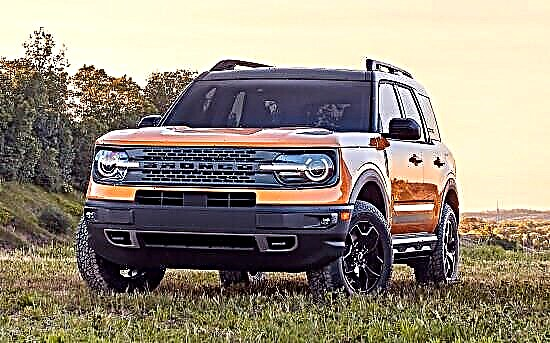At the end of September 2000, the presentation of the 2nd generation Mondeo (Mk III), which was developed in the "Ford" centers in Germany and Great Britain, took place at the automobile show in Paris. Three years later, the car underwent a restyling that affected the exterior and interior, after which it was produced unchanged until 2007.
"The second Mondeo" is a typical representative of the European D-class, available in sedan, hatchback with five doors and station wagon bodies, differing in overall dimensions.

The length of the machine is from 4731 to 4804 mm, the height is from 1429 to 1481 mm, and the width is 1812 mm. The wheelbase is allocated 2754 mm of the total length, and the ground clearance is 120 mm (regardless of the body design).

Six petrol and three turbodiesel engines were available for the Mondeo Mk III. Gasoline "fours" with a volume of 1.8-2.0 liters produce 110-145 horsepower and 165-195 Nm of torque, and V-shaped "six" 2.5 and 3.0 liters have the potential of 170 and 204 "mares" (220 and 280 Nm possible moment respectively).
The diesel part is formed by 2.0- and 2.2-liter turbo engines, the output of which has from 90 to 155 forces and from 245 to 360 Nm of torque.
Bundles with the engines form a 5- or 6-speed manual gearbox, 4- or 5-speed automatic gearbox, only front-wheel drive.

The "second" Ford Mondeo is equipped with an independent suspension of all wheels: the front ones are attached to the body with McPherson shock absorbers, the rear ones are equipped with a multi-link Quadralink. By default, the steering gear is supplemented with a power steering, and powerful braking acceleration is provided by disc brakes "in a circle" with ABS with electronic division of braking force along the axes.

The positive sides of the Mondeo Mk III are solid exterior design, functional and spacious interior, powerful engines, a spacious cargo hold, good equipment, fine handling, balanced suspension and a high level of reliability.
Negative points - poor sound insulation, low ground clearance, thin paintwork, high cost of spare parts and maintenance.

